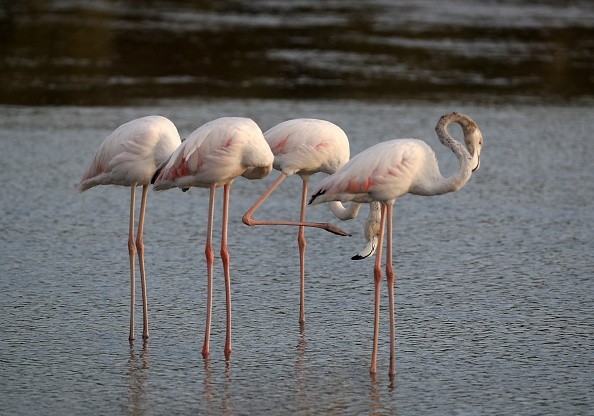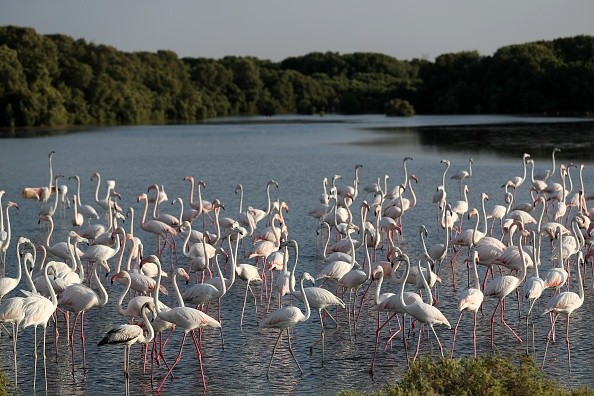A regional drought over the last two weeks has led to the devastation of a massive flamingo colony in Lake Tuz in central Turkey.

Death of the Flamingos
The intense dry spell changed the Lake Tuz, protected by UNESCO - which translates to "Salt Lake" - into a dried, cracked wasteland, with accumulated salt that hasn't been evaporated and the lifeless birds being the major proof a large water body was only there not too long ago.
Environmentalists revealed the drought was caused by climate change and local irrigation methods, mentioning a report by the Turkish Foundation for Combating Soil Erosion that found the demand for water remarkably exceeding supply.
Bekir Pakdemirli, the Turkish Minister of Agriculture and Forestry revealed to Reuters that around 1,000 birds were believed to have passed on, but disagreed that agricultural practices were the issue.
Also Read: Over 50 Flamingos Dead, Poisoned by Illegal Lead Pellets in Greek Lagoon
Lake Tuz
Turkish Minister of Agriculture and Forestry added that the lifeless birds were juvenile flamingos -flaminglets - that doesn't have the ability to fly yet, and so were trapped with water that turned very salty until it totally evaporated.
Normally, the lake is a place the water birds hatch their eggs. In 2018, over 12,000 flamingo chicks hatched in Lake Tuz, as per the Daily Sabah. This 2021, just 5,000 hatched, as per a local environmentalist who talked to Reuters.
Vice made a report in 2015 that agricultural development in the region could signify doom for the lake, a supporter for the local economy for its notable appearance and the salt that can be gotten from it. Now, it seems that actuality could be upon us.

Coloration of Flamingos
The photos out of Lake Tuz are an obvious departure from all the things known about flamingos. Ordinarily, a disorderly gathering of pink birds - also referred to as a "flamboyance" - would crowd on the extensive blue and green background. But the new pictures out of Turkey don't possess any of that color.
Their colors are just a dull brown-gray; the flamingo's dried corpses lay along the desiccated lake.
Though the bird corpses are the same color as the dried Earth, juvenile flamingos are usually that color. The iconic pink coloration of flamingos is acquired from their diet, which includes mollusks, pigmented algae, and crustaceans, which color the birds in turn.
The chief culprit for colorizing the flamingos is the algae in Lake Tuz; the algae can even make the entire lake pink (at least when there is water in the lake). Even being regarded as a protected region doesn't mean a lot to climate change, which has caused this natural wonder to disappear into thin air.
The drought strikes as other portions of Europe are underwater because of record-setting floods, revealing that the same continent can be affected by climate extremes in equally terrible ways.
Related Article : Heat Wave Prompts Rare Flamingos To Lay Their First Eggs In 15 Years
For more news, updates about flamingos and similar topics don't forget to follow Nature World News!
© 2025 NatureWorldNews.com All rights reserved. Do not reproduce without permission.





